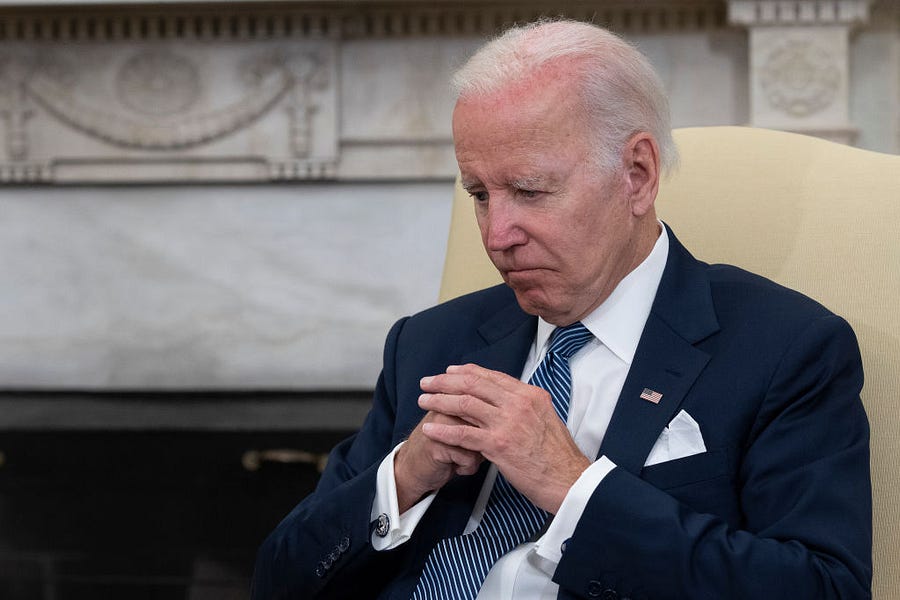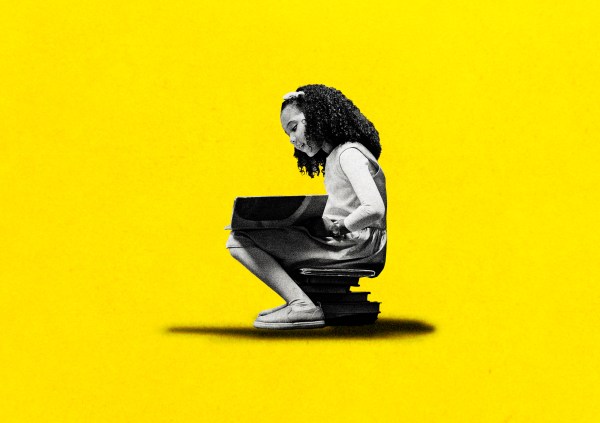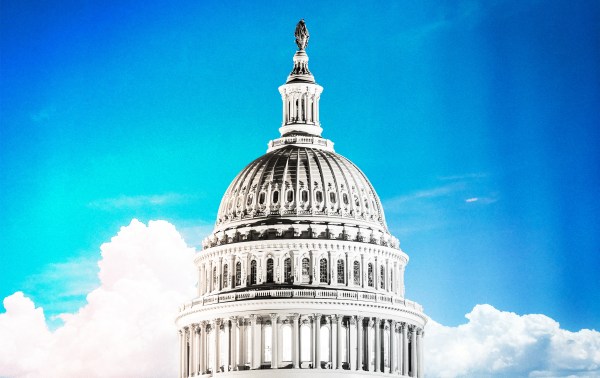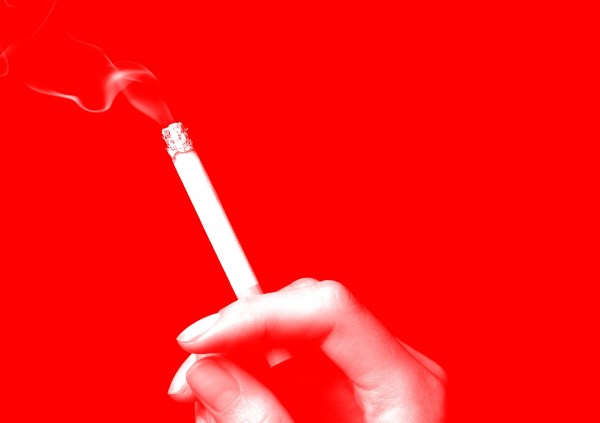President Biden is in deep trouble.
A New York Times/Siena College poll released Monday is just the latest survey showing profound discontent with the president and the direction of the country. Biden’s job-approval rating is a mere 33 percent. More than 6 in 10 Democrats want someone else in their party to run for president in 2024. Only 13 percent of Americans think the nation is on the right track.
Where did Biden go wrong?
There are a lot of theories about why he’s in such a political mess. My own is that they’re all correct to one extent or another. His predicament is what social scientists call an “overdetermined” phenomenon. Something is overdetermined when there’s more than one plausible explanation for the cause of it.
For example, Biden’s poll numbers started to drop after his calamitous decision to withdraw from Afghanistan. Then again, high inflation, especially energy prices, are poison for any president, particularly one who was so tardy to take it seriously. He betrayed his “return to normalcy” mandate when he decided to “go big” in a partisan pursuit of a new New Deal.
In addition, recent Supreme Court decisions on abortion, guns, and climate change were destined to fuel anger and frustration among progressives. Conservatives are happy to chalk it all up to general incompetence, as are an increasing number of, for now, mostly anonymous Democratic politicians and strategists.
And then there’s his age, the most popular explanation according to the polls. A third of respondents in the Times-Siena poll say they want a younger candidate in 2024—a view held by 94 percent of Democrats under age 30. Another third of the Democrats gave poor job performance as the reason they want someone else.
All of these reasons are complementary and mutually reinforcing, and I subscribe to all of them to varying degrees.
But the biggest driver of his problems is ideological and structural.
Biden will be remembered as the last Democratic president shaped by the old FDR coalition and its reliance on the white working class and bipartisanship. Meanwhile, the Democratic Party’s ideological base is philosophically and culturally contemptuous of traditional politics (yes, the same is true of the GOP) and is all too happy to blow up that old coalition. Picking Kamala Harris as his running mate—after vowing to select a woman—was an acknowledgement of this fact. Biden-Harris was a unity ticket.
While his return-to-normalcy candidacy brought enough moderates and independents into the fold, it was Biden’s implied promise to hand the baton to the left that kept progressives in line (aside from a unifying animosity toward Donald Trump). “Look, I view myself as a bridge, not as anything else,” Biden said at a campaign event where several younger Democrats shared the stage with him. “There’s an entire generation of leaders you saw stand behind me. They are the future of this country.”
If Biden had followed an Eisenhower-like policy of leaning into his image as a grandfatherly bipartisan figure above the childish bickering of Washington, it might have worked. As historian Fred I. Greenstein demonstrated in his brilliant book The Hidden-Hand Presidency: Eisenhower as Leader, Ike exploited his public persona of the befuddled grandpa, while expertly working his will away from public view.
But Biden let his vanity—specifically the prospect of outshining Barack Obama as a “transformational” president—and his instinct to placate the left get the better of him. Now he’s left with a party that demands an agenda that Biden can’t sell, in no small part because voters don’t want it.
Which brings us to the structural problem. Greenstein observed that “one of the most profound sources of discontent with the performance of presidents was built into the job” by the Founders. “The American president is asked to perform two roles that in most democracies are assigned to separate individuals. He must serve both as chief of state and as the nation’s highest political executive. The roles seem almost designed to collide.”
The base of his party wants Biden to put all his chips on being a political force in an age that demands performative partisanship and anti-institutionalism. They’re demanding that he bulldoze the institutional and constitutional impediments to their will. By pushing for such moves as packing the Supreme Court and abolishing the Senate filibuster (or even the Senate itself), the Make Progressivism Great Again crowd is arguing for a kind of left-wing Trumpism.
For all of those overdetermined reasons, Biden is not up to the job of selling transformational changes like that. Worse for him politically, such expectations would be too high for any president. Even a popular president couldn’t get rid of the filibuster and trying—even rhetorically—just makes him seem all the more ineffectual and out of touch. He has set himself up for failure, and now he’s following through on it.







Please note that we at The Dispatch hold ourselves, our work, and our commenters to a higher standard than other places on the internet. We welcome comments that foster genuine debate or discussion—including comments critical of us or our work—but responses that include ad hominem attacks on fellow Dispatch members or are intended to stoke fear and anger may be moderated.
With your membership, you only have the ability to comment on The Morning Dispatch articles. Consider upgrading to join the conversation everywhere.